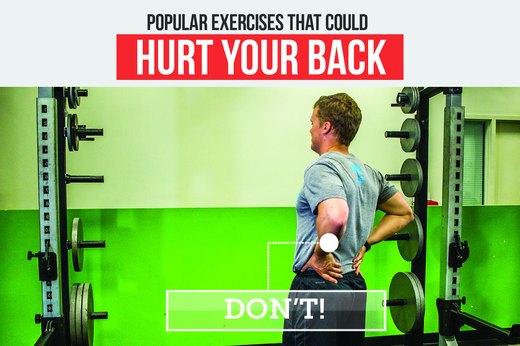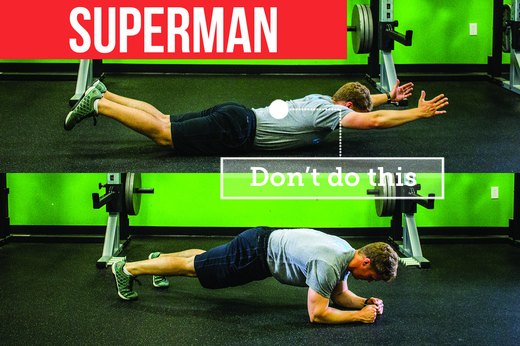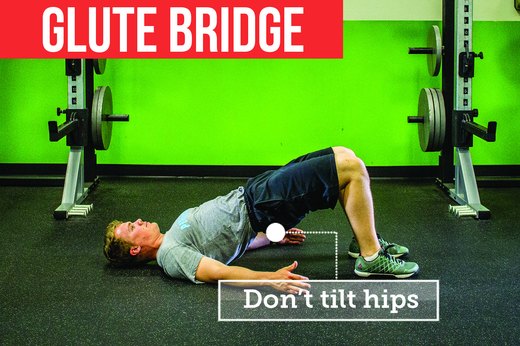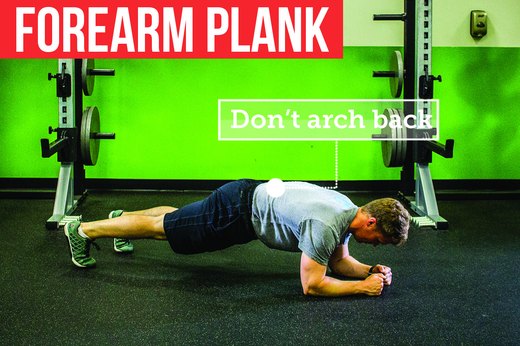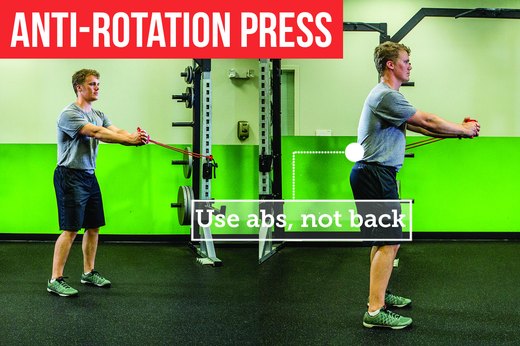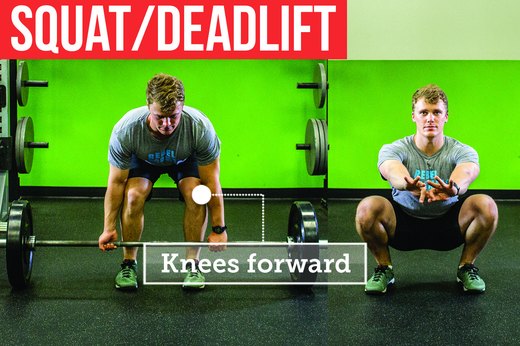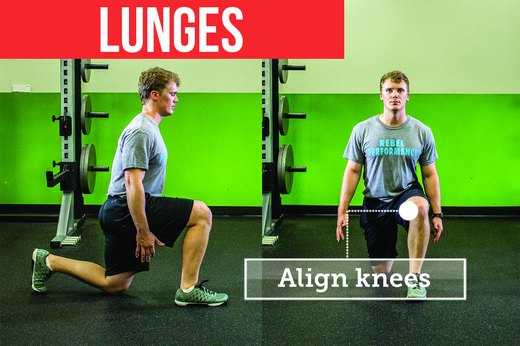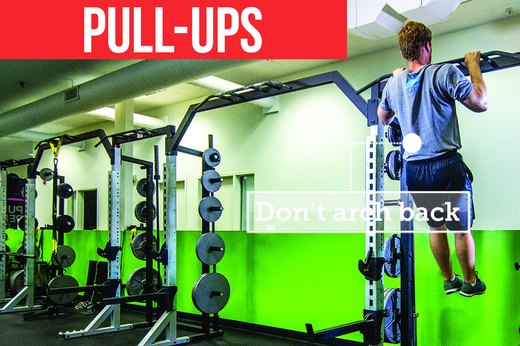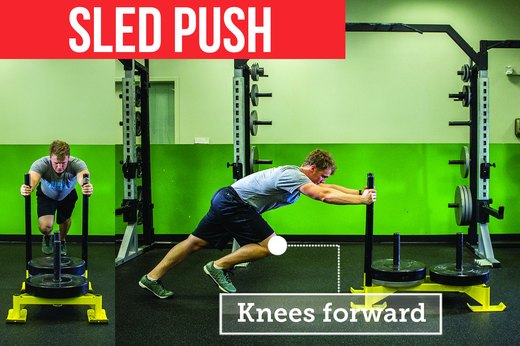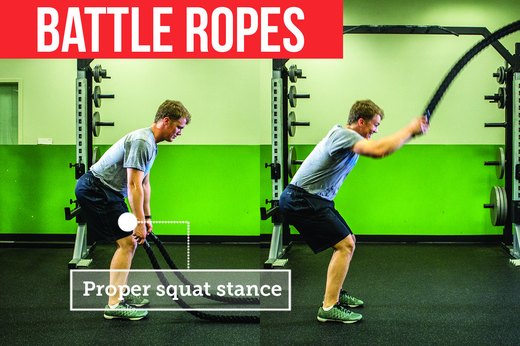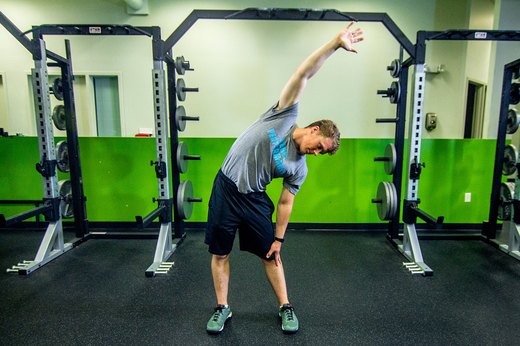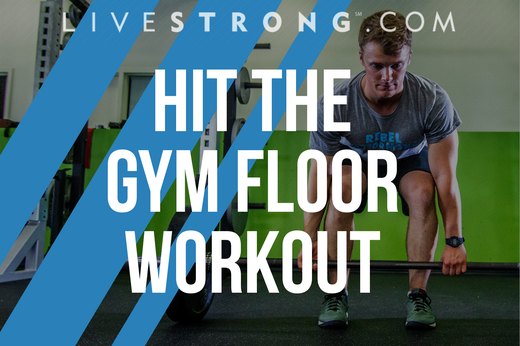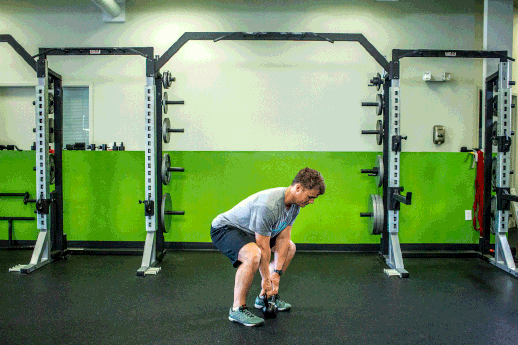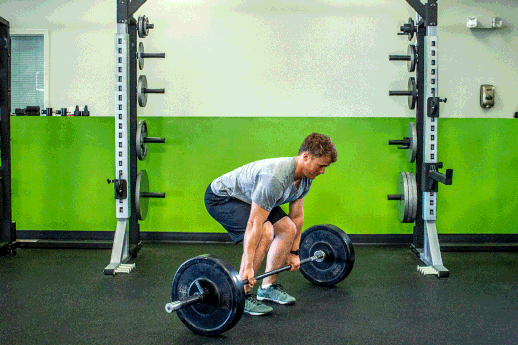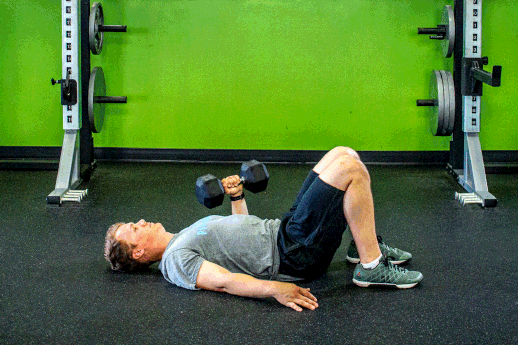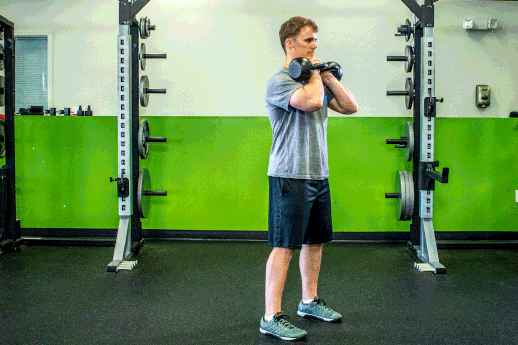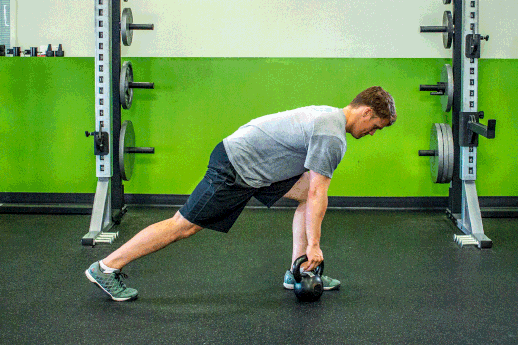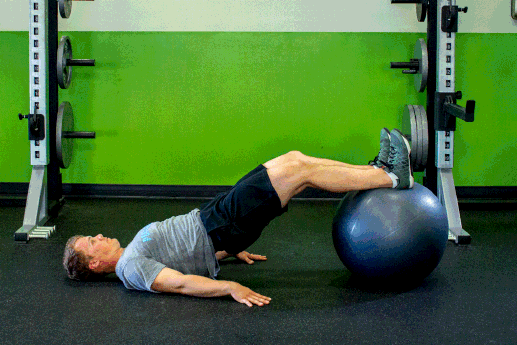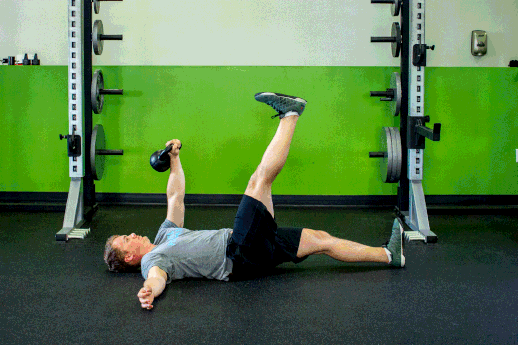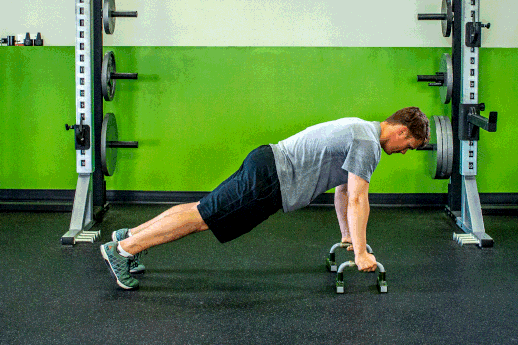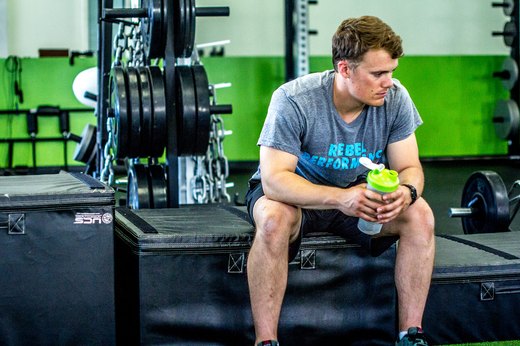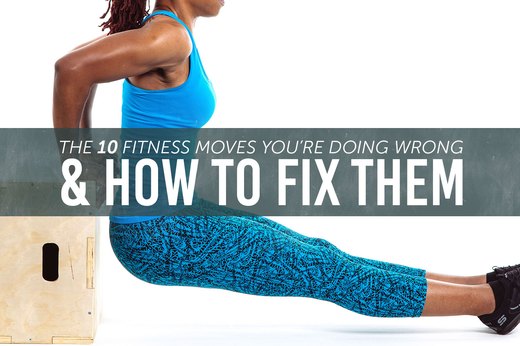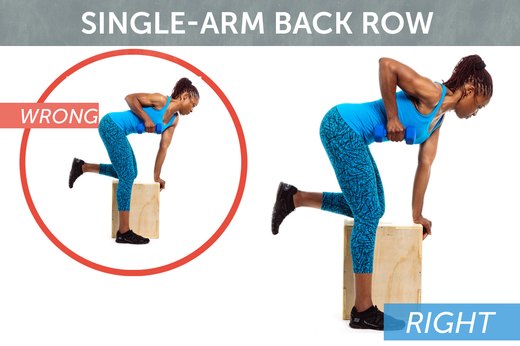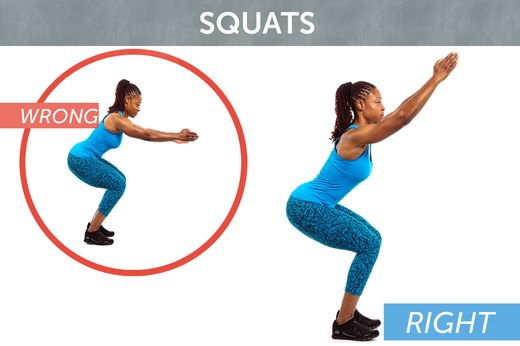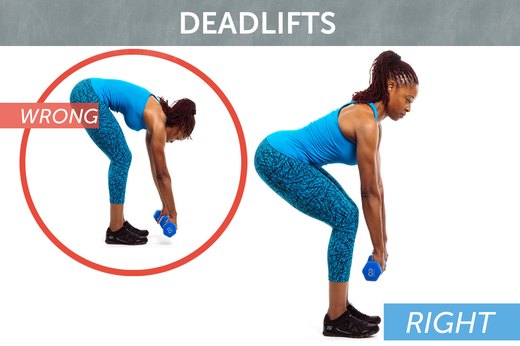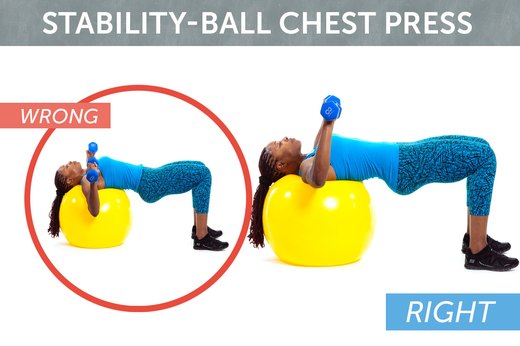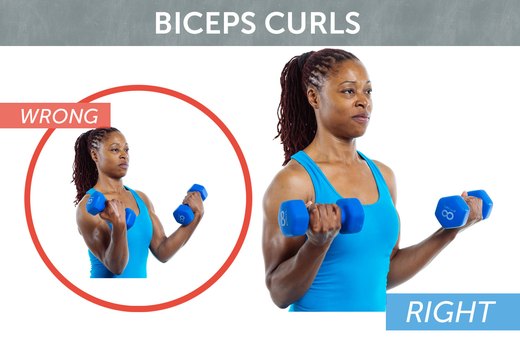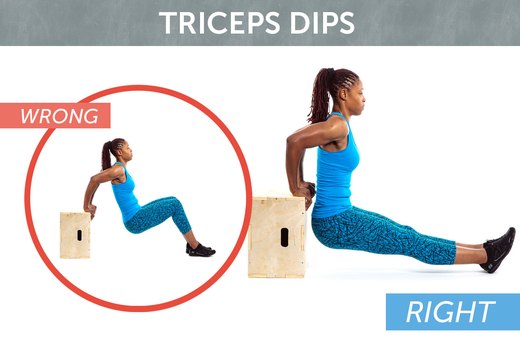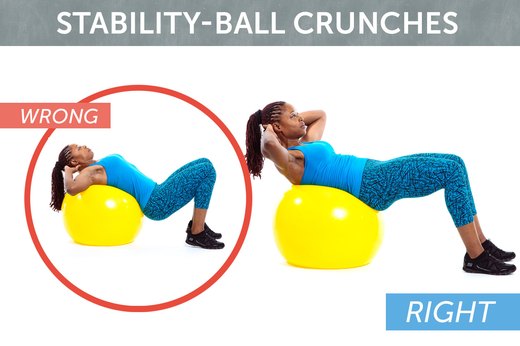4 Proven Ways to Beat a Weight-Loss Plateau
By KIM EAGLE
We've all been there: the dreaded weight-loss plateau. You've been working out hard, watching your calories, losing weight and -- all of a sudden -- you're stuck.
No matter what you do, you just can't drop below that number on the scale. Is the plateau normal, or is it some unknown twilight zone encountered by all people who are trying to lose weight?
I help clients lose weight for a living, and I can tell you that I have seen it all. Here's what I've learned: The clients who do hit weight-loss plateaus all have one thing in common -- they're no longer giving a 100-percent effort.
[Read More: Why Your Workout Isn’t Working]
When you first start a weight-loss program, you're excited and eager to make these great changes in your life. But by week 8, that enthusiasm and discipline starts to diminish. Let's face it: It's hard to be excited and eager to work out and eat right every day. However, it does take that kind of mental and physical commitment to keep shedding the pounds.
If you feel like the readout on your scale won't budge, ask yourself if you are truly giving it your all. Are you skipping workouts? Are you eating a little more than you might be logging? Or are you trying to hit a weight that's simply too low for your height and body type?
[Read More: Why Just Eating Healthy Won’t Guarantee Weight Loss]
How can you reinvigorate that enthusiasm and get back on track? Here are a few ideas that have helped my clients:
1.Define Your Goal. Write down what your weight-loss goal truly means to you and how it would benefit your life. Putting it on paper can be a great daily reminder for you.
2. Switch Things Up. Change your workouts. Try some new classes at the gym.
3. Set a Short-Term Goal. Sign up for a race -- it could be a 5K, half marathon or a triathlon. Training for a race is a great way to give yourself a fitness goal that keeps you working out hard.
4. Check Your Calories. Find out if you're eating the right amount of calories for your body. It's possible you need to eat less than you originally thought. Or you might not be eating enough food, which can cause your body to go into starvation mode. When that happens, all weight loss will stop.
Try these tips the next time you see a weight-loss plateau. But, more importantly, remember that the number on the scale does not define you -- it's just a number. At the end of the day, what matters most is that you're healthy.
--Kim
Readers -- Have you ever hit a weight-loss plateau? How did you break through it? Did you try any of the tips mentioned above? Leave a comment below and let us know!
Kim Eagle, founder of Earn That Body!™, is revolutionizing the way personal training is done through her virtual coaching program. She has helped hundreds of clients around the world lose weight, get ripped and, most importantly, get healthy. Her enthusiasm about healthy food and fitness is contagious. She's a trainer who gets the job done, and she eats excuses for breakfast.
Connect with Kim on Facebook, Twitter, Pinterest and Google+.
We've all been there: the dreaded weight-loss plateau. You've been working out hard, watching your calories, losing weight and -- all of a sudden -- you're stuck.
No matter what you do, you just can't drop below that number on the scale. Is the plateau normal, or is it some unknown twilight zone encountered by all people who are trying to lose weight?
I help clients lose weight for a living, and I can tell you that I have seen it all. Here's what I've learned: The clients who do hit weight-loss plateaus all have one thing in common -- they're no longer giving a 100-percent effort.
[Read More: Why Your Workout Isn’t Working]
When you first start a weight-loss program, you're excited and eager to make these great changes in your life. But by week 8, that enthusiasm and discipline starts to diminish. Let's face it: It's hard to be excited and eager to work out and eat right every day. However, it does take that kind of mental and physical commitment to keep shedding the pounds.
If you feel like the readout on your scale won't budge, ask yourself if you are truly giving it your all. Are you skipping workouts? Are you eating a little more than you might be logging? Or are you trying to hit a weight that's simply too low for your height and body type?
[Read More: Why Just Eating Healthy Won’t Guarantee Weight Loss]
How can you reinvigorate that enthusiasm and get back on track? Here are a few ideas that have helped my clients:
1.Define Your Goal. Write down what your weight-loss goal truly means to you and how it would benefit your life. Putting it on paper can be a great daily reminder for you.
2. Switch Things Up. Change your workouts. Try some new classes at the gym.
3. Set a Short-Term Goal. Sign up for a race -- it could be a 5K, half marathon or a triathlon. Training for a race is a great way to give yourself a fitness goal that keeps you working out hard.
4. Check Your Calories. Find out if you're eating the right amount of calories for your body. It's possible you need to eat less than you originally thought. Or you might not be eating enough food, which can cause your body to go into starvation mode. When that happens, all weight loss will stop.
Try these tips the next time you see a weight-loss plateau. But, more importantly, remember that the number on the scale does not define you -- it's just a number. At the end of the day, what matters most is that you're healthy.
--Kim
Readers -- Have you ever hit a weight-loss plateau? How did you break through it? Did you try any of the tips mentioned above? Leave a comment below and let us know!
Kim Eagle, founder of Earn That Body!™, is revolutionizing the way personal training is done through her virtual coaching program. She has helped hundreds of clients around the world lose weight, get ripped and, most importantly, get healthy. Her enthusiasm about healthy food and fitness is contagious. She's a trainer who gets the job done, and she eats excuses for breakfast.
Connect with Kim on Facebook, Twitter, Pinterest and Google+.




